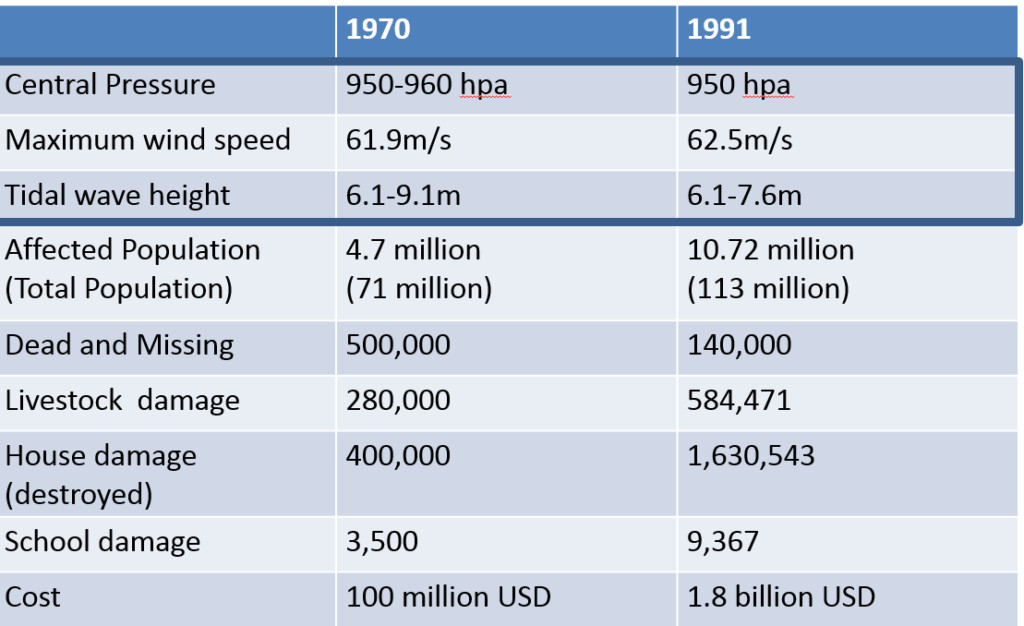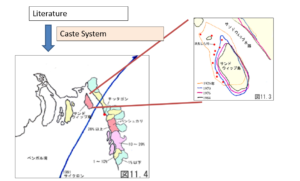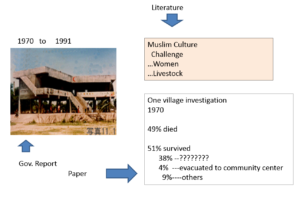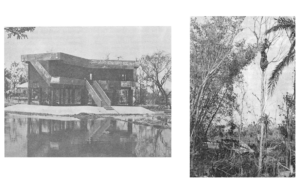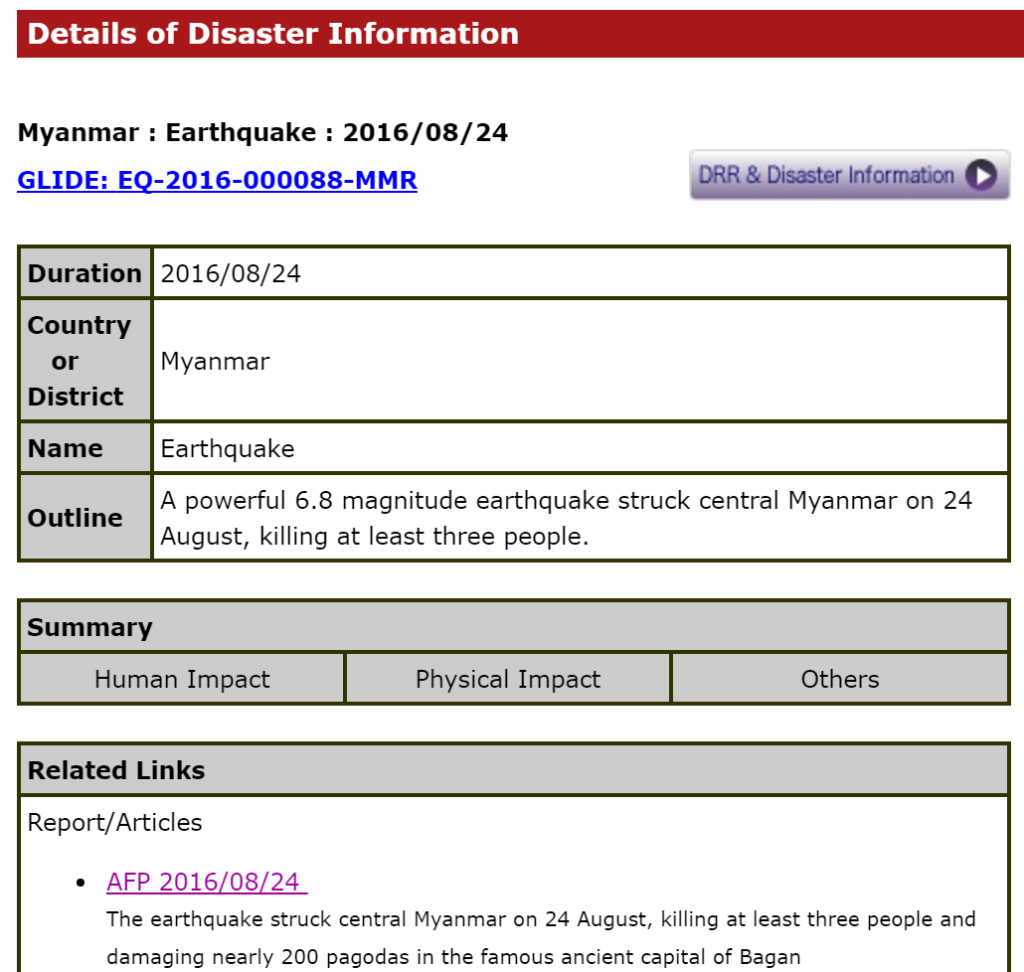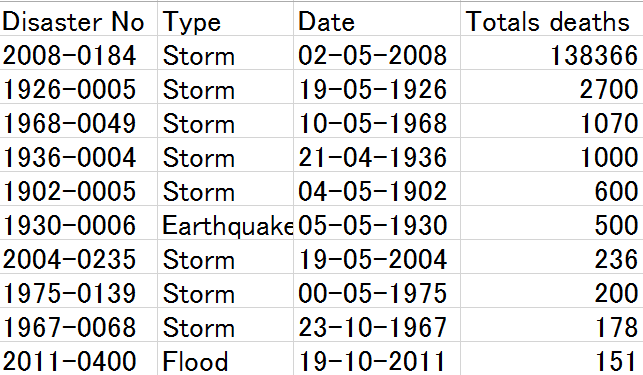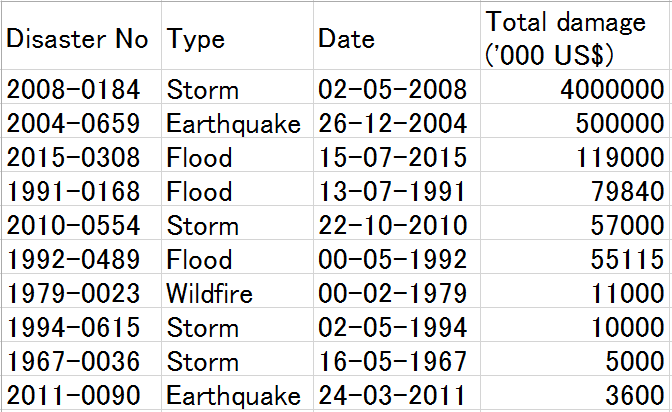Day_68 indicates Thai population in 2012 was 64,460,000 and the proportion of those over 65 is 8.6 percent (11 percent in 2016) compared to 3.1 percent in 1970. This shows that Thailand is facing an aging society and the World Population Prospects* predicts this trend will accelerate. This situation is not exclusively in Thailand, but can likewise be viewed in almost all Asian nations. In addition, Asia is the most vulnerable in terms of natural disasters such as 7 of 10 of the deadliest natural disasters (1980-2014) took place in this region(Day_79). The World Bank mentions how Thailand faces the aging society from an economic development perspective, however, we also need to recognize this from a disaster reduction viewpoint. Okushiri island case can give us a significant insight(Day_75). This gives us a challenge of how disaster-resilient society can be established in the situation.
The World Bank notices**:
The Thai population is aging rapidly. The declining share of the working-age population will affect economic growth.
– As of 2016, 11% of the Thai population (about 7.5 million people) are 65 years or older, compared to 5% in 1995.
-By 2040, it is projected that 17 million Thais will be 65 years or older – more than a quarter of the population.
-Together with China, Thailand has the highest share of elderly people of any developing country in East Asia and Pacific.
-The primary driver of aging has been the steep decline in fertility rates, which fell from 6.1 in 1965 to 1.5 in 2015, as a result of rising incomes and education levels and the successful National Family Planning Program launched in 1970.
-The working-age population is expected to shrink by around 11% as a share of the total population between now and 2040 – from 49 million people to around 40.5 million people.
–This decline in the working-age population is higher in Thailand than in all other developing East Asia and Pacific countries, including China.
https://disasterresearchnotes.site/archives/2785
https://disasterresearchnotes.site/archives/2753
* World Population Prospects
https://esa.un.org/unpd/wpp/
** World Bank, 2016
Thailand Economic Monitor – June 2016: Aging Society and Economy
Disaster data and statistics can be referred by the following link:
http://www.preventionweb.net/english/professional/statistics/







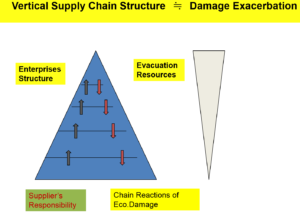


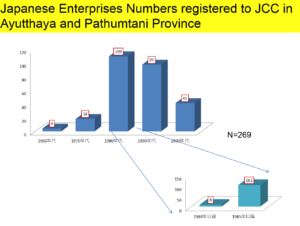

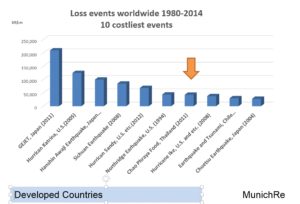
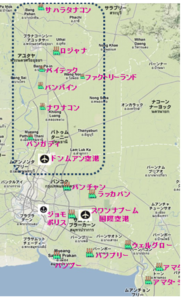
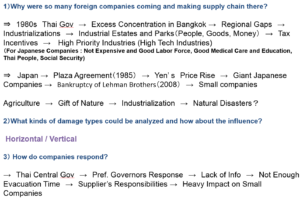

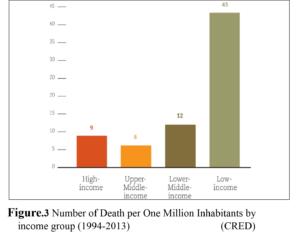
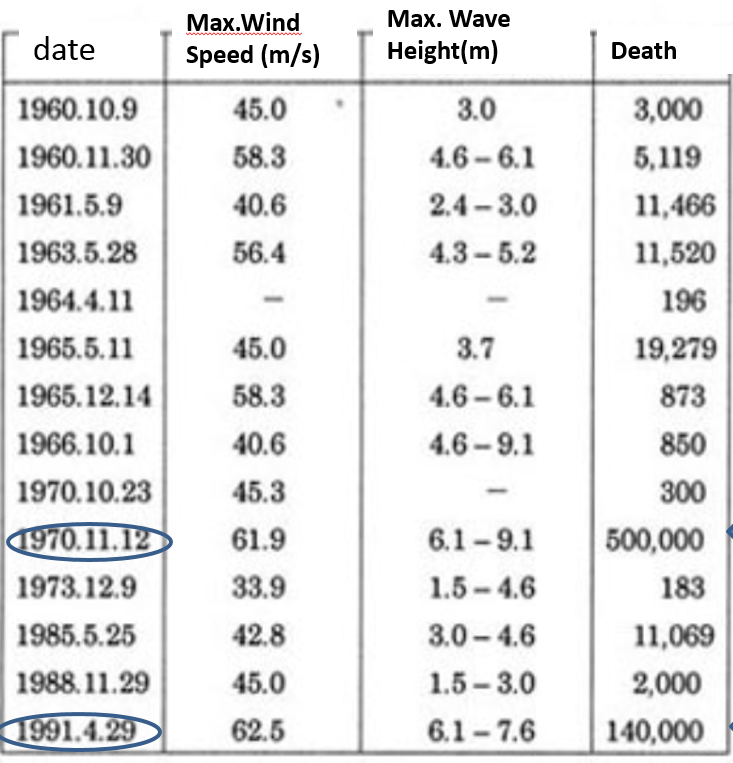 .
.